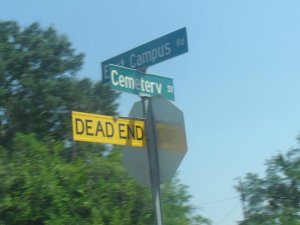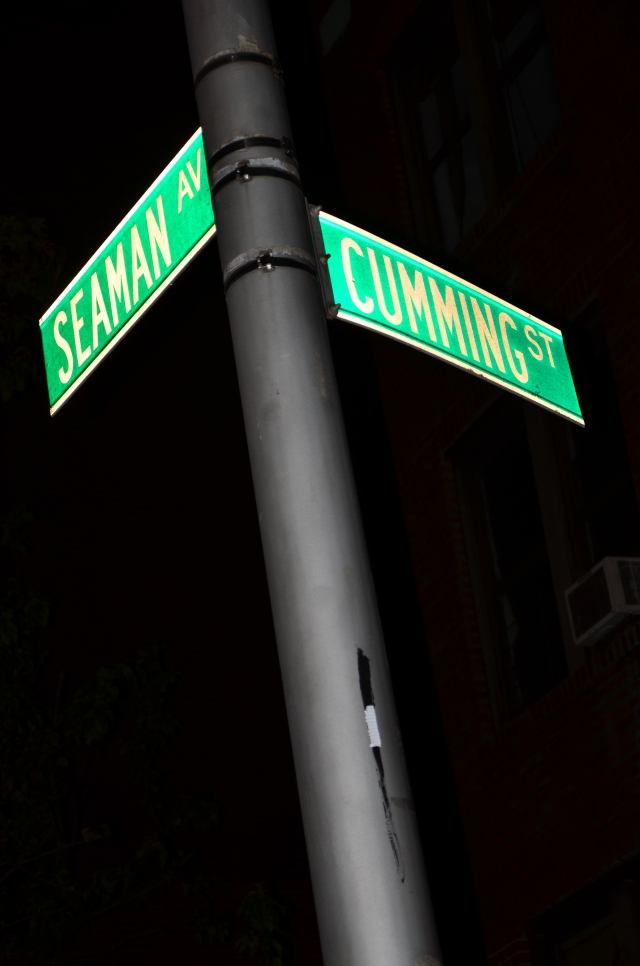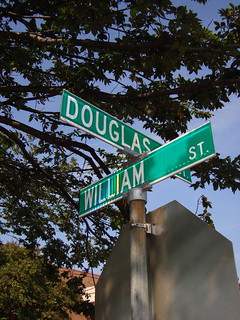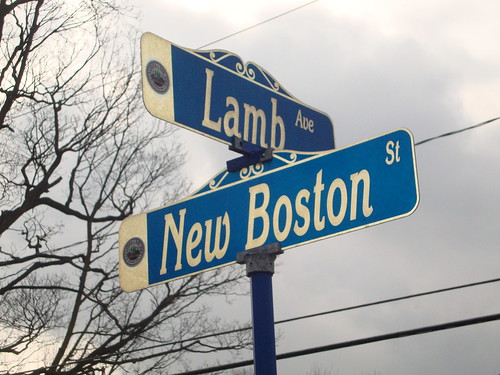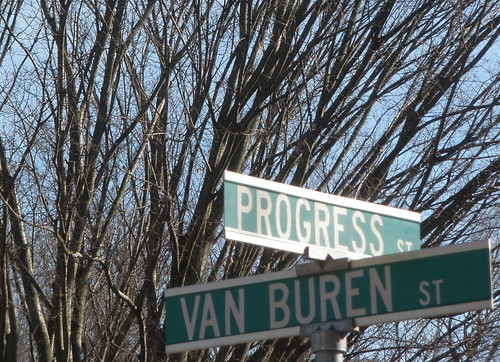An intersection of religion and education, while common perhaps shouldn’t be. Are they not mutually exclusive? To have faith in something that can neither be seen nor understood, as is the expectation in religion, seems abominable in education. But then again, consider the following:
Close your eyes. Listen three or four times, make a decision as to what sound you’re hearing. Now open your eyes and listen again, this time focusing on the lips as the man speaks.
This sensation of changing perceptions is known as the McGurk effect, it represents the illusion that perception is in itself. In response to a singularly auditory stimuli (the syllables spoken by the man) your brain inputs electrical signals through rudimentary portions of your brain, and then rapidly computes the information, analyzing it for content. You think you heard “ba.” In combining visual stimuli with the unchanging audio stimuli, you create an issue for your more advanced neuronal structures, suddenly your cerebral cortex is occupied by a classic “Black Box” problem.
A problem of this nature is present in all realms of science, but it is absolutely pervasive in neuroscience. Understanding cognition and higher levels of processing requires analysis of the chemistry, physiology and evolutionary processes that amount to the very human act that is “thinking.” We can, often easily, identify the input (stimuli) and the output (sensorimotor responses) involved in these processes. But a dark shadow is cast over the intermediate step of information integration, processing and response. Almost literally, there is a void in our understanding that leaves us guessing as to what kind of cogs and gears are turning in that space we call the black box.
As a scientist, these problems are frustrating, they lead to non-answers. But they are also compelling and riddled with potential, the kind of testable potential that we are trained to investigate. Every act in science is an attempt to bring us closer to infallible theories, things we can neither truly prove nor disprove. There is not an attainable absolute, universal truth in science. There is simply a better answer we have yet to find. All we have are solutions to problems built on empirical data that we must trust faithfully.
The McGurk effect is one of the simplest representation of this aspect of science. It would not take a scientist to determine the significance of this phenomenon. The McGurk effect is not impressive because it represents the unknown processing that occurs within the human mind, but because it represents the error of perception. Your perception as you listen with eyes closed, is altered as soon as you integrate your senses, listening with eyes open. Even more interesting, you might find that other people hear “ga” rather than “da” when they open their eyes. The enchanting feature of this simple marvel is that it shows us that perception is, in fact, an illusion. Your perception can never achieve full accuracy. To the dismay of the scientific community, one hundred percent accuracy is impossible. Through scientific investigation, our understanding is imperfect and perforated with error. There is no universal truth that we can identify, so we accept what we can empirically prove but we remain skeptical knowing that a truer truth may be possible.
Maybe, then, this is why so many of us live under the impression that religion and science refute each other. If a core imperative of science is that we can only take steps toward less-imperfect answers, then isn’t that in conflict with the concept in Christianity that a universal truth exists? Maybe. But then again, the idea that there is an absolute truth does not necessitate our understanding of it. “Universal” does not mean explicit or accessible. Rather, it means pervasive and inescapable. There may very well be a universal truth, but it is so righteous that the simple human mind can’t even attain it, let alone conceptualize it. We can only hope to follow closely behind our imperfect understanding of it in a constant effort to approach this truth, living every moment in search and devotion. So while a “truth” may exist in utter perfection, our approach to it will always be imperfect, our understanding of it will always be imperfect. Just the same as the scientist’s investigative skepticism is a devoted approach to a yet imperfect answer.
Remaining skeptical to our own findings is in many ways like developing faith in a God you can never hope to understand or comprehend. To say that faith and skepticism have anything in common at all is of course paradoxical, but what they share is an acceptance of the unknown. With scientific skepticism, we know that our answer is never complete. We must continue to work towards a better answer. With faith, we know that as simple, mortal humans, we can never hope to understand God. We are guided, but it would be foolish to say that we fully comprehend what we are following. But we will follow despite that uncertainty, growing simply because we are trying. Uncertainty is welcomed and encouraged in both religion and science. Your faith is enriched with every instant it is challenged. Your hypotheses and theories grow stronger and more plausible with every question you ask. It is with uncertainty that empirical science and spiritual religion not only coexist, but harmoniously intertwine themselves in grand appreciation for tenuous being.
The Story Behind the Story-
When I first saw this assignment (http://assignments.ds106.us/assignments/unlikely-intersections/) in the ds106 handbook, I brushed it off thinking it was far too simple. However, earlier today after a hike along Donner Pass, I drove through Truckee and happened to pass the intersection of “School” and “Church.” The assignment did not immediately come to mind although I automatically thought the two streets were interestingly contrasting. I soon recalled the assignment that I had looked at earlier this week and insisted that my driver pull over in time for me to snag this photo. I have for so long assumed that religion and (particularly scientific) education must be mutually exclusive. But as I’ve grown as a scientist and simultaneously increased my exposure to religious practice, I’ve found that this is a flawed notion. Although not required in the assignment itself, the piece that I’ve written to go along with this photograph is simply a projection of some thoughts I’ve had recently since completing my Cognitive Neuroscience course and beginning to attend weekly mass at a nearby church.
The Tutorial-
This was an incredibly simple process of snapping and later uploading and embedding a photo. The difficult part of this process was that it required notice of my surroundings. This is not an edited photo, rather a real intersection in Truckee, California. In order to honestly complete this assignment, one must pay close attention to the natural contrasts in the world.




